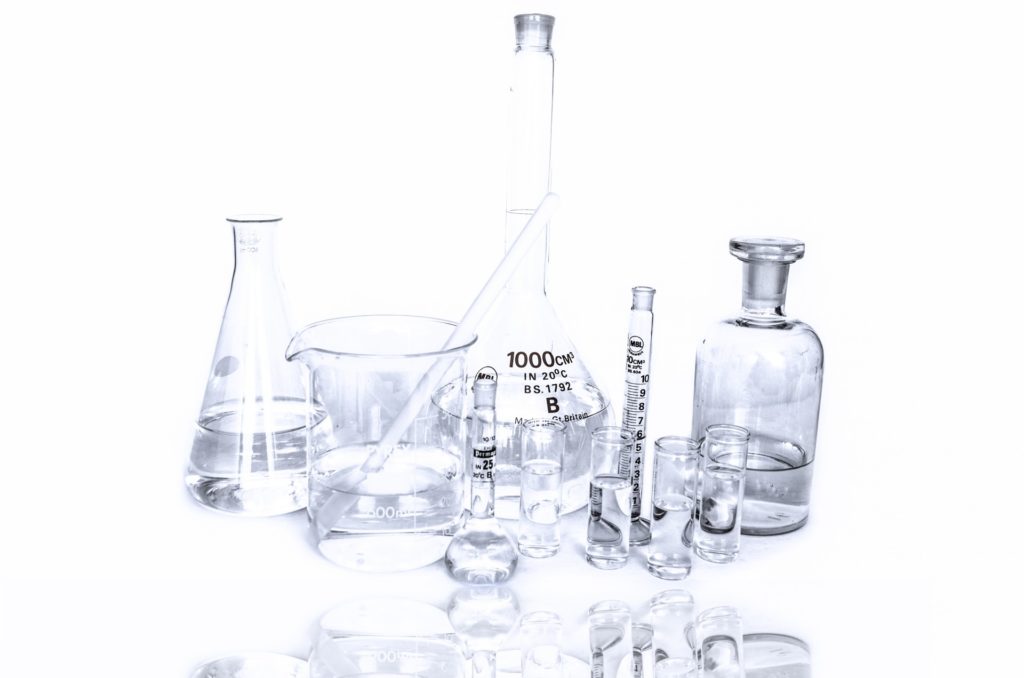Density of Gas Formula
Density of gas
We can define it as the mass per unit volume of a substance under specific conditions of temperature and pressure. In addition, the density of a gas is equal to its mass divided by its volume. Moreover, you can calculate the molar mass of a substance once you know the density of a gas. Besides, the density gas varies with pressure and temperature. Learn the Density of Gas Formula here.

Density of gas formula
The formula of the density of the gas is the same as the formula that we use to calculate the density of liquids and solids. That is:
Here, ‘
However, we can express density in moles per liter, and the density of gas formula they will be:
Derivation of the formula
P = refers to the pressure of the gas
V = refers to the volume of the gas
n = refers to the number of gaseous substances in moles
R = refers to the universal gas constant
T = refers to the temperature of the gas
Furthermore, the density for pure substances has the same numerical value as its mass concentration. On the other hand, different elements usually have different densities and it can be appropriate to buoyancy, packing, and purity.
Changes in the Density
Generally, we can change the density of an element or compound by changing either the temperature or the pressure. Furthermore, increasing the pressure always increase the density of a substance. On the other hand, increasing the temperature generally decreases the density but there are certain exceptions to it.
For example, in the case of water, its density increases between its melting point at
Common unit to measure densities
Generally, the SI (International System of Units) of density is kilogram per meter cube or kilogram per cubic meter (
- Kilogram per liter (kg/L).
- Metric ton per cubic meter (
t/m3 ) - Gram per millimeter (g/mL)
Besides, there are some imperial units which we use rarely in practice. But they were used earlier and we can find them in records.
Solved Example for You
Question-1: The volume of chlorine at
Solution: Firstly, reduce the volume to the standard conditions.
So, the mass of the chlorine remains unchanged
x = 0.003214 g/mL
So, the density of chlorine gas is 0.003214.
Question-2: Calculate the density of
Solution: In this, the molecular weight of
d = 2.39 g/L
So the density of